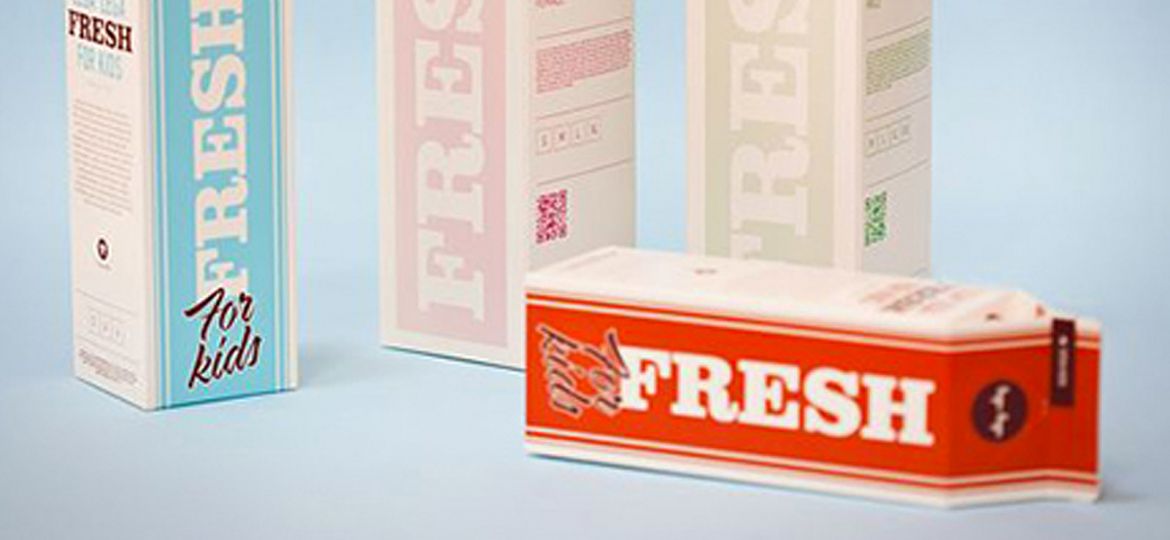
WHY THIS MATTERS IN BRIEF
- The ability to simply, and cost effectively, print transistors en masse will create millions of new use cases and help turn even the most mundane, dumb objects into smart ones
Researchers at the Advanced Materials and BioEngineering Research (AMBER) Center in Ireland have, for the first time, managed to use 2D nano materials to fabricate printed transistors and they’ve published their research in Science. I know, I know, you’re now asking so what and why should I give a monkey about 2D nano-whatever-it-is, well, everything you use today has small beginnings and this is no exception.
The breakthrough, for example, could help to unlock all sorts of new applications, that range from food packaging that displays a digital countdown to warn you when food’s about to go off, wine labels that alert you when your white wine is at its optimum temperature, or even a window pane that shows the day’s forecast.
You know those window panes – like the cool ones that are in Iron Man? Yes, that’s right people science might be geeky but without it Iron Man, and I’m not talking about the guy with a fancy new jet pack I wrote about recently, would have had to check the weather on his iPhone – or look out the window, either works. But it doesn’t stop there. The new technology could be used to print everything from LED’s to solar panels, interactive smart food and drug labels, and next generation bank notes and E-Passports. Still think it’s geeky?
“In the future printed electronics and devices will be incorporated into even the most mundane objects such as labels, posters and packaging. Printed electronic circuitry [constructed from the devices we have created] will allow consumer products to gather [via a network of sensors], process, display and transmit information. For example, milk cartons could send messages to your phone warning that the milk is about to go off,” said Professor Jonathan Coleman who led the research.
“Compared to other materials used in this field, our 2D nanomaterials have the capability to yield more cost effective and higher performance printed devices,” said Coleman, “however, while the last decade has underlined the potential of 2D materials for a range of electronic applications, only the first steps have been taken to demonstrate their worth in printed electronics. Our breakthrough is important because it shows that conducting, semiconducting and insulating 2D nanomaterials can be combined together in complex devices. We felt that it was critically important to focus on printing transistors as they are the electric switches at the heart of modern computing, and we believe this work opens the way to print a whole host of devices solely from 2D nanosheets.”
The team managed to use standard printing techniques to combine Graphene nanosheets, which served as the electrodes, with two other nanomaterials, Tungsten Diselenide and Boron Nitride as the channel and separator to form an all printed, all nano-sheet, working transistor.
Printable electronics have come a long way over the last few years but many of the materials that have been used, so far, have proven to be unstable and have performance limitations but while the teams new breakthrough doesn’t bring them to the same level as today’s advanced transistors, such as the ones in your phone, it’s a quantum leap for printed electronics and transistors, so who knows, one day very soon you too will be able to look at your window and read the weather report. Or look outside, that’s also still good.
















